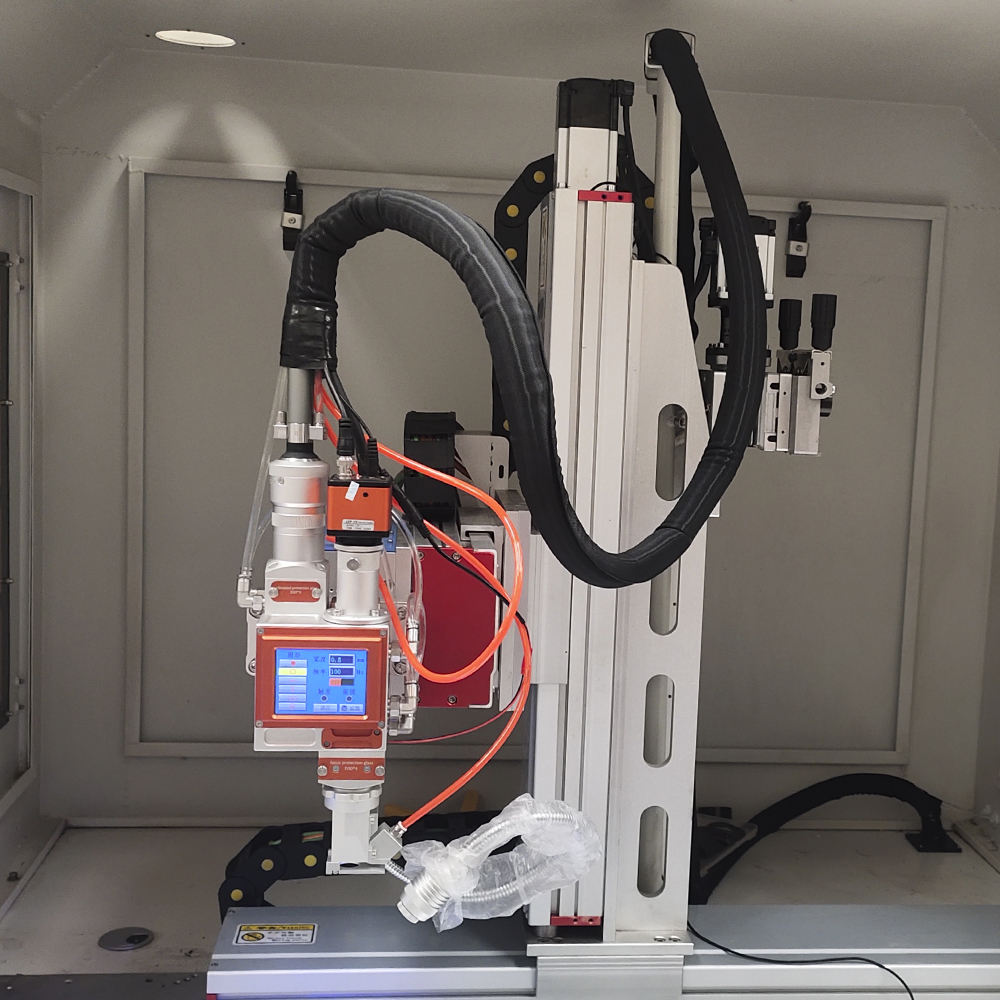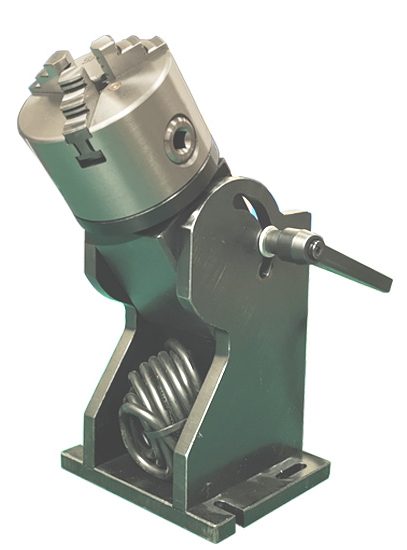Laser welding has become one of the most advanced and reliable technologies in modern metal manufacturing. When customers consider purchasing a ZS Laser welding system, they often encounter the concept of multi-axis systems. What does this mean?
The core of any laser welding system’s movement lies in its axes. The number of axes determines the machine’s degrees of freedom, directly affecting its ability to handle complex geometries and achieve precise welds. From basic 3-axis systems to more advanced 4-axis and 5-axis configurations, each level of motion freedom expands welding possibilities and allows manufacturers to meet diverse production needs.

Laser welded motion axis
Understanding Axis Systems in Laser Welding
In CNC machines and laser processing systems, an “axis” refers to a direction in which the machine moves or manipulates the welding head and the workpiece. Each axis represents a degree of freedom. For example, the three basic linear axes—X, Y, and Z—allow the laser head to move horizontally, vertically, and in depth.
The number of axes directly determines welding flexibility. A 3-axis laser welding machine can handle simple tasks such as straight-line or circular welds. However, when additional axes—such as rotational or tilting axes—are introduced, the system evolves into a multi-axis laser welding machine. This allows the laser to reach hidden angles, weld along curved surfaces, and achieve high-precision welding of more complex geometries.
In short, the more axes a system has, the better it can adapt to challenging components, reduce repositioning, and improve efficiency. This flexibility is especially critical in industries like automotive, aerospace, and energy, where complex structures require precise and consistent welds. Below, we examine the characteristics of common 3-axis, 4-axis, and 5-axis laser welding machines in platform welding systems.
3-Axis Laser Welding Machines: Basic Precision Welding
A 3-axis laser welding machine moves linearly along the X, Y, and Z axes. This configuration provides the basic motion control needed for fundamental laser welding solutions. With its simple XYZ linear motion, the 3-axis system is ideal for straightforward welding paths such as straight lines, circular welds, and rectangular joints. It delivers consistent accuracy and repeatability, ensuring reliable results on standard components.
These machines are well-suited for manufacturers focusing on conventional-shaped parts or beginning to implement automation on their production lines. As an entry-level solution, 3-axis laser welding machines offer a cost-effective way to achieve high-quality welds without the complexity of advanced motion systems.
4-Axis Laser Welding Machines: Added Oscillation for Greater Flexibility
A 4-axis laser welding machine builds on the standard XYZ motion of a 3-axis system by adding a swing or oscillation axis. This additional axis allows the laser beam to move in a controlled oscillating pattern during welding, significantly enhancing process flexibility. With this capability, a 4-axis system can effectively handle internal corners, fillet welds, and more complex joint structures that are difficult to achieve with linear motion alone.Oscillation also helps distribute heat more evenly across the weld area, reducing defects such as porosity and cracks.
Advantages:
Stronger joints
Higher weld quality
Greater consistency
For manufacturers requiring greater welding flexibility in applications such as automotive parts, energy systems, and precision metal fabrication, 4-axis laser welding machines offer an optimal balance between performance and complexity.
5-Axis Laser Welding Machines: Full Welding Freedom
A 5-axis laser welding machine combines traditional XYZ linear motion with oscillation and adds rotational or tilting axes, providing full omnidirectional movement for welding tasks. This advanced configuration enables the welding head to approach the workpiece from almost any angle, achieving 360° welds without extensive repositioning.
With such high freedom of movement, a 5-axis system can handle the complex geometries commonly found in aerospace, automotive, and energy manufacturing. It can weld intricate parts, curved surfaces, and multi-directional joints with high precision and consistency.

Rotary Axis Fixture
Key Advantages:
Maximum precision
Minimal repositioning
Reduced rework
Higher production efficiency
For manufacturers dealing with challenging designs or high-value components, 5-axis laser welding is the preferred solution for complex geometries and precision welding.
How to Choose the Right Laser Welding Machine
Selecting the right system depends on several key factors, including part geometry, production volume, precision requirements, and budget. Each axis configuration offers different levels of flexibility and performance, so your choice should align with your production goals:
3-axis laser welding is ideal for simple, standard parts with straight, circular, or rectangular welds, offering a cost-effective, straightforward solution.
4-axis laser welding is suited for medium-complexity applications such as fillet welds, internal corners, and more intricate structures, providing enhanced flexibility and stronger joints than a 3-axis system.
5-axis laser welding is best for parts with complex geometries requiring high-precision welding, ensuring maximum efficiency, minimal rework, and complete welding freedom.
By carefully evaluating your production needs and matching them with the appropriate system, you can achieve the perfect balance of automation, efficiency, and welding quality.
Whether you need a 3-axis solution for standard parts, a 4-axis system for higher flexibility, or a 5-axis laser welding machine for complex geometries, ZS Laser provides the technology to meet your production requirements.
Contact us today for a free consultation, sample welding tests, or an on-site demonstration to see how our laser welding machines can enhance your efficiency, precision, and competitiveness.
 ZS Laser Equipment
ZS Laser Equipment


WhatsApp
Scan the QR Code to start a WhatsApp chat with us.